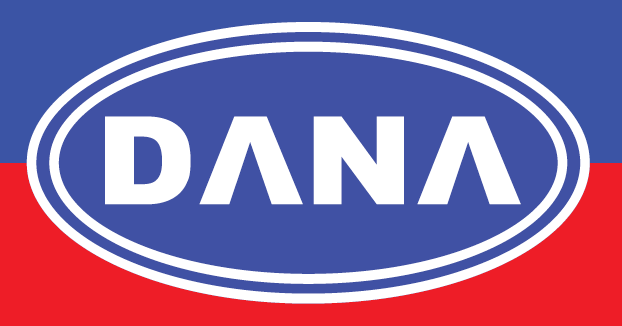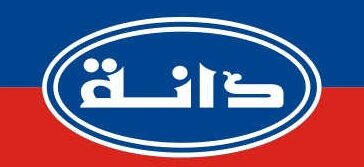Despite costing a fraction of what any of these facilities do, an industrial chiller preserves processing machinery. It also boosts output, especially in the food, beverage, and pharmaceutical industries, where it improves accuracy and speed of production. As a result, it’s a no-brainer that the machines be correctly sized to execute these tasks flawlessly. The base for proper chiller sizing is a thorough understanding of the different factors that influence chiller efficiency.
Important Things to Consider When Sizing a Chiller
Both chilling requirements cannot be met by a single chiller scale. Certain systems only need a small amount of fluid, whereas others cannot function without a large amount of it. Likewise, when it comes to atmospheric temperatures, cooling fluids are picky. Customer tastes are also very important. When you consider these and many other considerations, you will see how important a rigorous chiller sizing method is.

-
An Optimal Fluid
What kind of liquid are you going to use for the procedure? This can be difficult because the fluid must be good in terms of performance as well as efficiency. It’s crucial to think about how well the fluid can do in terms of the device’s long-term stability. A corrosion inhibitor is an essential addition since it prevents the chiller’s metallic components from premature deterioration. If a fluid flow is unable to contain this inhibitor, you will need to use a different fluid. The thermal properties of fluids are also significant. Is the viscosity of the liquid appropriate? What are the boiling and freezing points of various substances? Solving these queries for water chiller sizing will aid in determining the fluid’s performance in various conditions. Water is typically the ideal solvent for fluid temperatures above 4 ºC owing to its excellent thermal and physicochemical parameters. Air, on the other hand, cannot be used at lower temperatures so we would be very near to or below the freezing mark. In these cases, chillers are normally made up of a combination of water and glycol. The temperature range for this mixture is – 25°C to 80°C.
-
Appropriate Air Conditions
When sizing the chiller, you don’t want to overlook the atmospheric temperatures. The atmospheric temperature has an effect on the efficiency of every chiller. When the atmospheric dry or wet-bulb temperature rises, the condensing temperature goes up as well, resulting in higher chiller energy usage. The ambient temperature has an effect on electronics, compressors, motors, and other temperature-sensitive devices. Increased atmospheric temperature, combined with the heat produced during service, may cause these components to have a shorter life expectancy. Consider the peak temperature where the chiller parts can continue to function properly.
-
Calculations of Chiller’s Cooling Efficiency
To properly scale chillers, you must first calculate the cooling load. The formula below will assist you in determining the appropriate cooling capability. kW = 4.186 x m 3/h x Temperature Difference (delta T) / 3.6 BTU/ hour = 500 x GPM x Temperature Difference (delta T). Using a thermometer or a thermocouple to determine the temperature gap. The disparity between the measurements taken at the inlet side and exit points must be calculated. A flow meter is used to measure the water flow rate at the equipment’s outlet axis. Apply the above calculation to all of the cooling devices and apply the effects. Using this other formula, you can now measure the tons of cooling needed using the total BTU or kW. Tons of refrigeration = kW / 3.517 # Tons of refrigeration = (BTU/hr.) / (12,000).

Scale an Industrial Chiller Accurately
In many sectors, improper chiller scaling is a common issue. This can happen as a result of oversizing or under-sizing. Since service providers often expect cooling loads to rise over time, overweight chillers are popular. Oversizing the cooling unit, on the other hand, would result in an unsustainable rise in capital expense. Furthermore, the cooling unit will operate at partial capacity for the majority of the year. This eventually reduces the facility’s annual operational productivity. The consequences of using an undersized commercial chiller are clear, and they can be disastrous. You may be confident that if the device is undersized, it would not be able to provide enough cooling under maximum load conditions. For these types of programs, professional assistance is often required because doing things wrong will result in significant losses.
About Us
DANA water heaters & coolers factory LLC (www.danawatercoolers.com) established in 2001 is an ISO 9001:2015 certified company; we manufacture our products and we are stainless steel water cooler supplier in UAE. We present our gratitude to you with immense pride and honor to associate ourselves among the leading producers of water chillers with other cooling and refrigerant solutions, being able to provide our services in almost all Gulf countries and also some African countries including Oman, Bahrain, Kuwait, Saudi Arabia, Jordan and some other GCC nations alongside Arab countries.
We at DANA group have always kept in mind, restrictions, and problems our consumers face and tend to work with utter determination so that we can eliminate these boundaries and bring the best to you at affordable prices. We bring about the product for use in a variety of sectors. Our domestic overhead coolers are an example of our dedication to bringing the best for the complete spectrum of consumers.
Feel free to contact me in case of any inquiry. Listed below are the mediums through which you can reach us out!
For Within UAE we have our Expert Mobile Team, which handles all the installations and after-sales support and service across Dubai, Ajman, Sharjah, and Abu Dhabi, Al Ain, RAK, UAQ, and surrounding areas.
For Outside UAE, we are having our agent network, or we also able to send our technicians overseas to handle complete turnkey installations.
Credit – https://danawatercoolers.com/factors-that-influence-the-size-of-the-chiller/


